Ferguson Moments
Artists Respond
The Ferguson Moment is not an organization. It is not an event, a play, a poem, an article, an idea. It has no shared agenda, just a shared community, and a shared desire to respond.
On Saturday August 9, 2014, Mike Brown, an unarmed black teenager, was shot by Darren Wilson, a white police officer, on the streets of Ferguson, Missouri. Artists from all over the United States quickly began connecting by phone, email, and social media over the ensuing militarized police action, protests, violence, and reconciliation taking place. Over the weekend of August 22-24, two weeks after Michael Brown was killed, five theatre artists traveled from Ashland, Oregon; Boston, Mass; and New York City to St. Louis and Ferguson where they volunteered, created and saw work, and met with members of the community. In the evening of Sunday, August 24th, over fifty artists, activists, and citizens met together to share their skills, stories and artistic responses at the Regional Arts Commission in St. Louis.
Mica Cole: The sense of purpose and responsibility weighed heavily in the days leading up to our trip. Just days before, I had written a pseudo-manifesto challenging my Facebook friends to serve, witness, uplift, challenge. When our flight was delayed overnight in Denver, I had no idea how we would make up the time we needed to organize everyone let alone find time to serve. When we finally arrived in St. Louis we hit the ground running. It was a race. The race was about listening. It was about connecting with as many local artists and citizens as possible, but it was also about listening deeply, checking assumptions, checking privilege. The race was about supporting the people from across the country who had answered the call—connecting them to resources and local organizers. Downloading new information. It was about wrestling with our responsibility to show up as citizen artists and our desire to create/share art. It was a race against the narrative that we were parachuting in with the goods of theatre and creativity as our parting gifts. Against the idea that there weren’t already local artists who were and have been holding it down for years. A race against the narrative that what was happening in Ferguson was unique or rare. Against the narrative that the protests were dominated by looters and thugs. A race to interrupt the restriction of free speech because nothing could stop us from uplifting the voices of the people we met and challenging the misrepresentations that were being perpetuated because we were there. A race to get water for St. Marks Church, a race to get food for folks working the art table at the peace rally, a race to get art supplies for the children who played while grownups prayed. A race to Target: past the state troopers, through the National Guard, around the swat truck, past Fox News to the Target. And then we raced to take it all in. All the conversations, frustrations, and observations. The hopes and fears and some tears. We carved out some space and time for artists to unload, download, reload.
It was a race fueled by outrage and duty; but also by the courage and resolve of the residents of Ferguson and the artists of the St. Louis area.
I was exhausted and fired-up. And it felt like only the beginning.
Katy Rubin: In the final forty minutes of the #FergusonMoment gathering, on Sunday, August 24th at the Regional Arts Commission in St. Louis, the participating artists and community members devised, performed, and interrogated plays based on stories of discrimination experienced by the group, using the Theatre of the Oppressed methodology. In one of these plays, a police car stops a black driver and the officer asks, repeatedly and with increasing suspicion, “Do you have a weapon in the car?” The driver answers that he does not. Simultaneously, a white bystander exclaims: “Oh my! He has a weapon in his car!” The chain of assumptions develops further until the bystander has decided the stopped driver is a criminal with murderous intent. The audience is laughing: funny ‘cause it’s true.
However, in Theatre of the Oppressed, the play is only part of the story. Audience members become “spect-actors,” invited to jump into the scene with a new idea: not from a position of advice-giving, but as community members in solidarity.
At the moment in question, we’ve already tried three ideas, it’s almost 9:00 on a Sunday night, and folks need to go home. Yet one more spect-actor insists we try his intervention: “Please, I have a good one!” Well, none of us is in such a hurry that we don’t have time to try out a good idea to confront racism in America. He takes the baseball cap of the stopped driver and enters our makeshift set. His idea is quite effective: that a watchdog group with a twenty-four-hour hotline arrives on a moment’s notice to the side of the road to observe a stop, like AAA. Everyone is cheering. We do a quick analysis: does something like this exist already? No. Can we make that happen? Maybe!
This is one goal of our gathering: to try out creative ideas for change in a laboratory of peers, and spark concrete action.
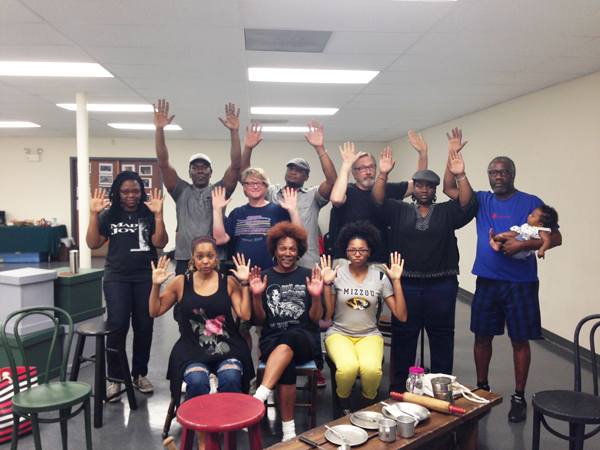
Danny Bryck: I arrive in St. Louis on Wednesday night, August 20, a couple days before the other artists I’ve been in touch with about The Ferguson Moment. On Thursday night, I attend a meeting of St. Louis artists about how to respond artistically to what has been happening in the community. I am eager to hear people’s ideas, to share our ideas for how we can contribute as a national network of artists, and to let folks know about the event we’re planning for Sunday, maybe also a series of workshops... but I am a little too eager. Keen to realize ideas I am excited about, and feeling a pressure to get the ball rolling as the only out-of-town artist here so far, I end up sharing too much, and hearing not enough. I talk about our plans, make an announcement, put up a flyer...all the while ignoring an insistent voice in the back of my head telling me that something is wrong.
Keen to realize ideas I am excited about, and feeling a pressure to get the ball rolling as the only out-of-town artist here so far, I end up sharing too much, and hearing not enough.
After the meeting, someone pulls me aside and very gently tells me that as a white man from out of town, I took up too much space at that meeting, and that I shouldn’t have been trying to offer anything to the people of St. Louis without first spending more time here learning about what they actually need. He’s right. I plunge into guilt and uncertainty. I’m supposed to be this hyper-aware, educated artist/activist/white ally—I think about this stuff all the time! How did I go in there trying to do antiracist work and wind up perpetuating the very patterns I’m trying to work against? I start questioning the entire endeavor.
After a mediocre night’s sleep, I recommit to my role as an ally. I listen to what people are asking for. I try to speak less. My fellow artists and I, both local and out-of-town, engage in more conversations and meetings and manage to throw together something really wonderful—not so different from what I had been talking about on Thursday night—but it only worked because we listened and responded.
I’m back on the East coast now, and there is a lot to unpack. The concept of being an ally feels more real to me now. I am less afraid to admit what I don’t know, and so I am capable of knowing more. I am even more mindful of how inevitably my whiteness is part of a system of privilege and oppression, and a factor in everything I do— so I am less paralyzed by guilt and more motivated to work towards change. I am reminded of the incredible wealth of creativity, skill, and strength in all our communities, and so I am more inclined to seek out alliances and collaborations.
I left for St. Louis thinking I was going to help. But I realized that I went to learn.
One man told me he was there because he had seen and felt injustice against African-Americans his entire life, he doesn’t think it will stop, but he will keep fighting.
Rebecca Martinez: While in Ferguson, I entered a café to eat and I met Missouri Governor Jay Nixon. Afterwards, when speaking with a café patron, I was introduced to Ferguson Mayor James Knowles. I spoke with several other patrons, all white, and had a lengthy conversation with Brian Fletcher, former Ferguson mayor. Everyone I spoke with expressed concern for how their community is being portrayed by the media. This café was a distribution center for signs reading “I Love Ferguson,” signs that are prominently featured in yards and windows through parts of town. It is clear this is a campaign to reframe Ferguson’s narrative. I heard no mention of the hurt, frustration, and injustice that a large number of their neighbors are experiencing, or how this too is part of Ferguson’s narrative. I went maybe half a mile down the street and visited a protest site across from the police station. I hung out with a group of gentlemen who were sitting under a tent in humid, 100-degree weather. One man told me he was there because he had seen and felt injustice against African-Americans his entire life, he doesn’t think it will stop, but he will keep fighting. When I told them who I had met in the cafe, they laughed. When I asked what they would say if the governor stopped by, one of the men said that would never happen, so there was no point in even thinking about it. He told me that no one in government had come by to speak with them. The governor and mayor made stops in one part of town, Attorney General Eric Holder went to another part, and these officials drive right by this corner. This young man told me he heard the “I Love Ferguson” campaign was started by people who support the police force’s actions. I have since received emails from the campaign about several community outreach events, all with strong pleas for diverse participation. It’s significant that I, an outsider, had this access to officialdom, and these men, citizens of this community, who have been in the forefront of the protests, felt they did not.
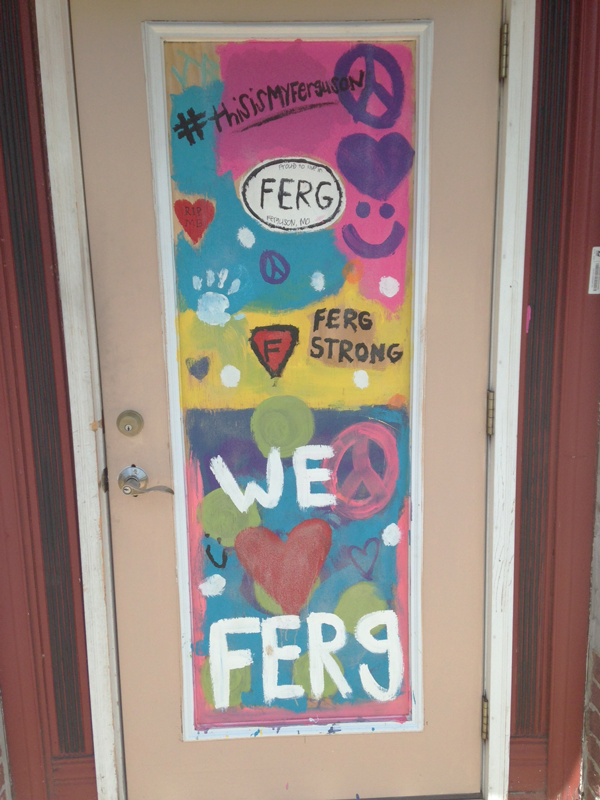
Claudia Alick: Notes taken during St. Louis Black Repertory Theater’s youth presentation.
We are inside a church. The children face us in formation. Langston Hughes. What happens when a raisin is left in sun? Gunshots become whip cracks. The children wail and reach for freedom. The sound track calls for them to rise up. They sing. We are the Drum, Africa to America. They march in rhythm.
They sing for peace and surround us. They clasp hands in solidarity and connection. We applaud. The littlest ones sing this little light of mine. We join them clapping. They become the ocean through dance. Wade in the water. They are chained. Keep your eyes on the prize. Wade in the water. Unchained through dance. I am weeping inside. Maya Angelou. I rise and still I rise. I am the dream and hope of the slave. They create music with their bodies with feet, hands, and voices. Alone all alone, nobody but nobody, can make it out here alone. Music gets funky and hip-hop. Life doesn't frighten me at all. We are laughing now. We applaud.
Phenomenal women. Little boy does a back flip. Martin Luther King. We shall overcome. Injustice anywhere is a threat to justice to everywhere. No Justice, no peace. A call to service. A call to commitment. A call to speak out. Faith is taking the first step. Even when you can't see the whole staircase. Deep in my heart I do believe. Stomp. Step dance. Shout. Blues music. Langston Hughes. I too sing America. A white security guard walks past the stage and out the front door. We give him stink eye but does he work for the church? Langston Hughes continues. That's the blues. I dream a world. My world. To fling my arms wide in the face of the sun. The children tell us their dreams. What they want to be. What they plan to be. What they will be. Dream. We applaud.
Beat boxing. Black island Africa me and my song. Little girl can sang! To be young gifted and black! Is where it's at! We applaud. If I can see it, I can do it. I believe I can fly. African drums. African dance.
Yass! We clap along. We testify. Some stand. Hands up, don’t shoot. Standing ovation. Proud mamas and papas. Proud brothers and teachers. Artistic director Ron Himes thanks all. The preacher makes a call for the churches, and all other black institutions to support Black Rep Theatre and black theatre in general. Thank you all in that space for taking us to church.
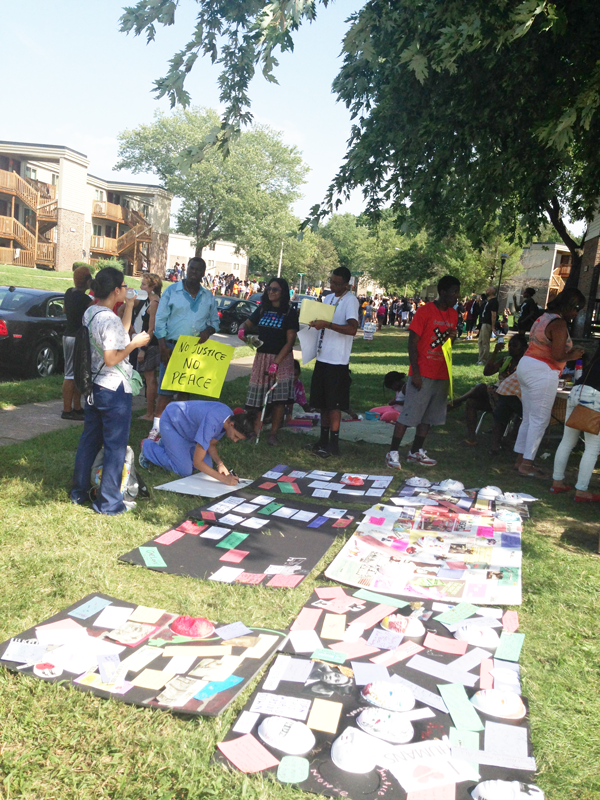
***
The Ferguson Moment was born from the impulse of theatre makers across the nation to spark and organize artistic responses to the oppression, violence, and resistance happening in Ferguson and its relationship to all of our communities and American history. We recognized our own communities within the community of Ferguson. We communicated with each other by phone, computer, and in person. We created platforms to share information. We crafted spaces to exchange visual images, voice, dance, theatre, and stories. We learn from each other. We do not come from one place. We do not want one thing. While we share some experiences, our narratives are our own. We will witness. We will serve. We will collaborate artistically. We will lift up voices that are too often silenced. We will offer alternative narratives to our communities and to the nation. We will do better.
Theatre responds. Theatre reflects. Theatre connects us to our collective humanity. This is the Ferguson Moment. Respond.
#FergusonMoment.

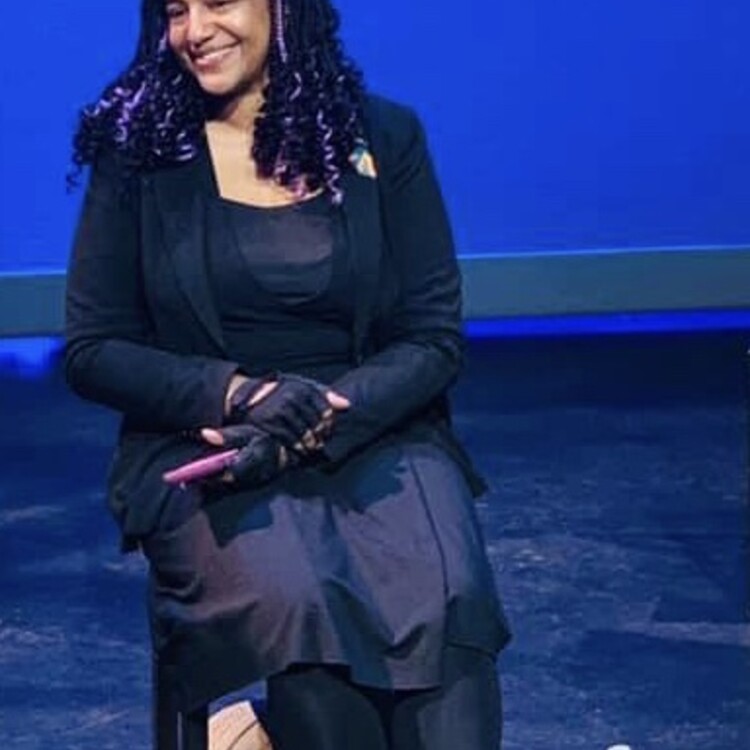

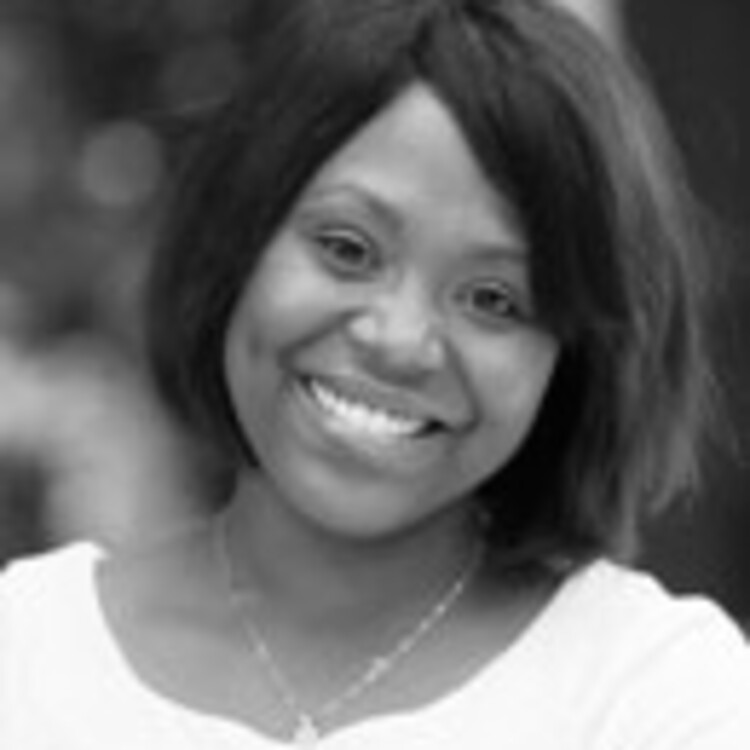
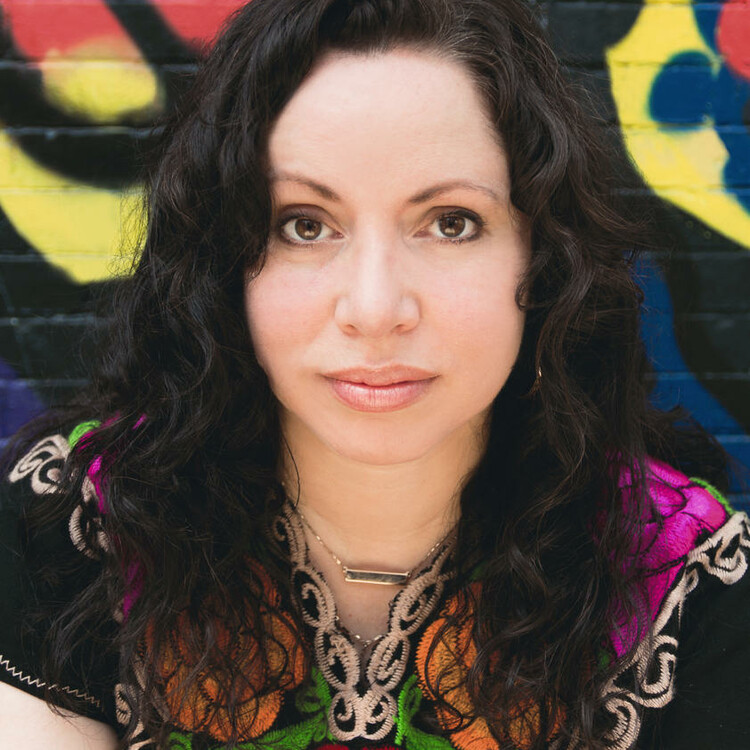
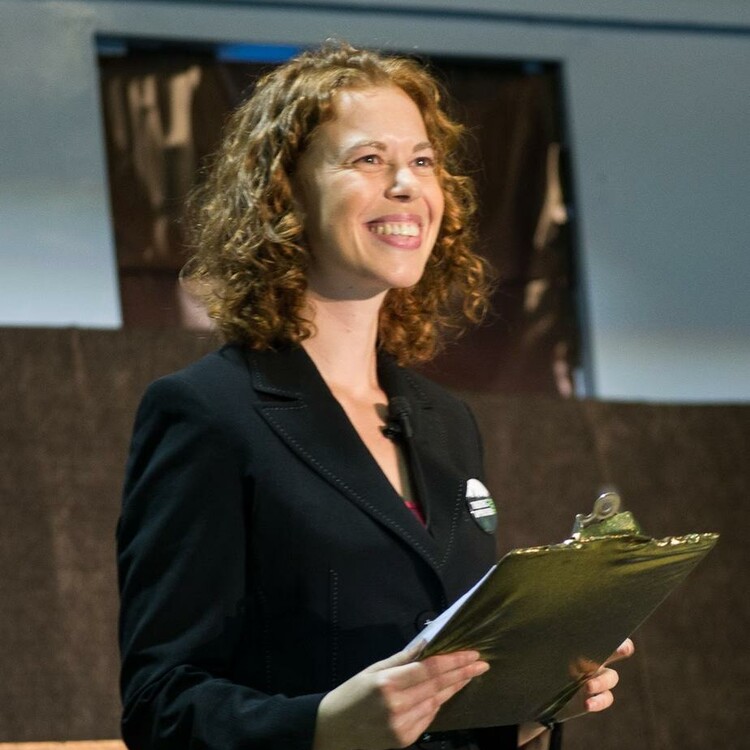
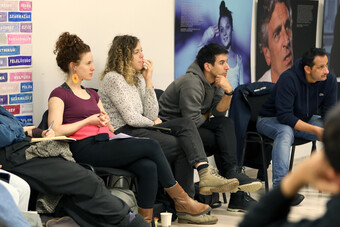


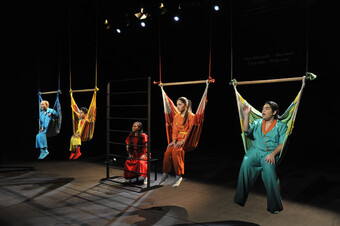


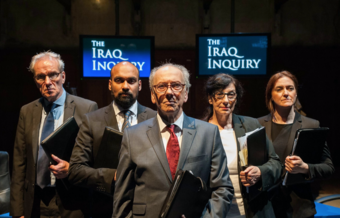



Comments
The article is just the start of the conversation—we want to know what you think about this subject, too! HowlRound is a space for knowledge-sharing, and we welcome spirited, thoughtful, and on-topic dialogue. Find our full comments policy here